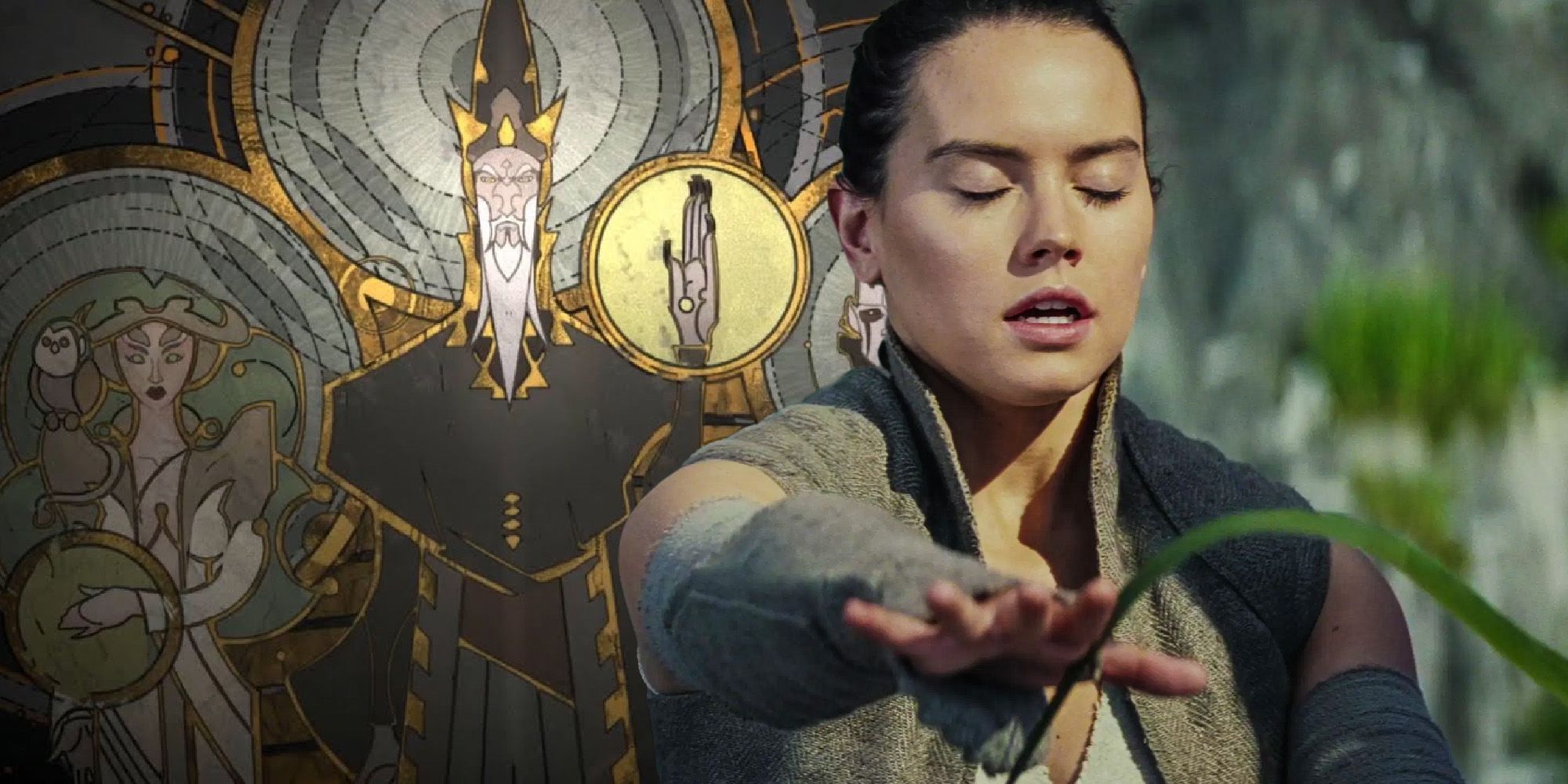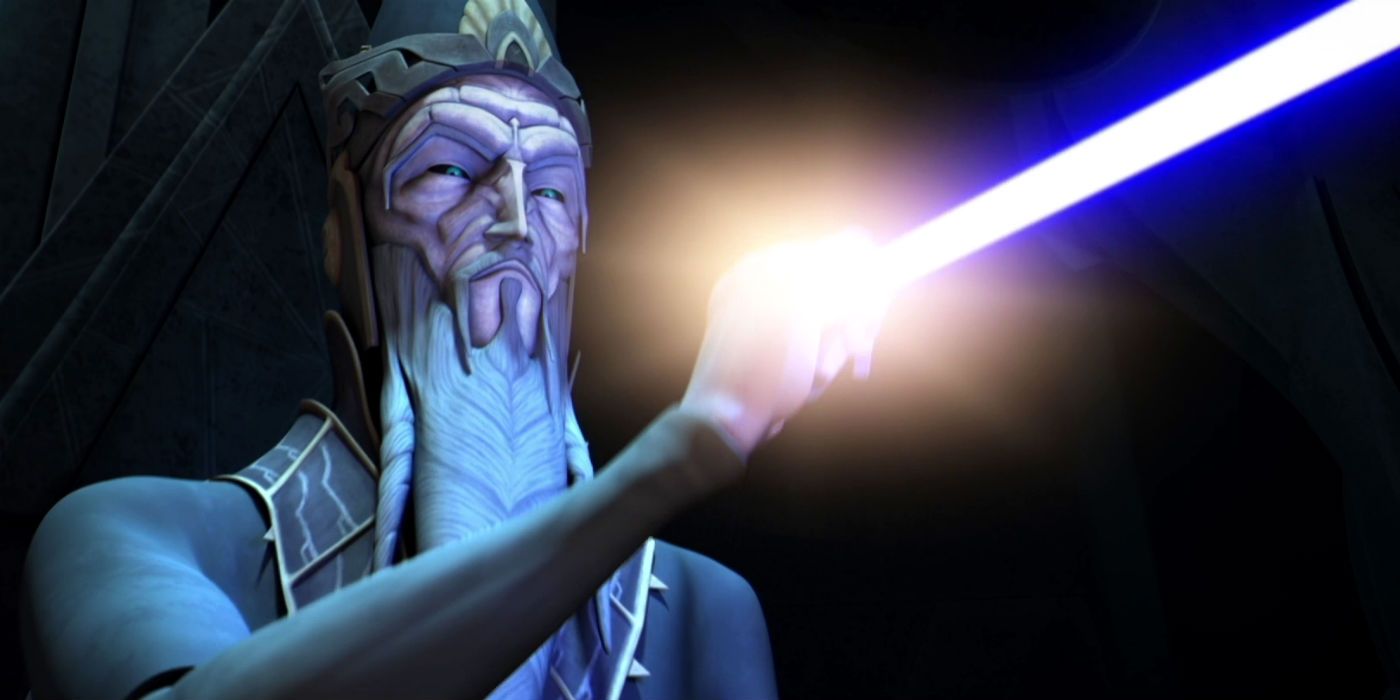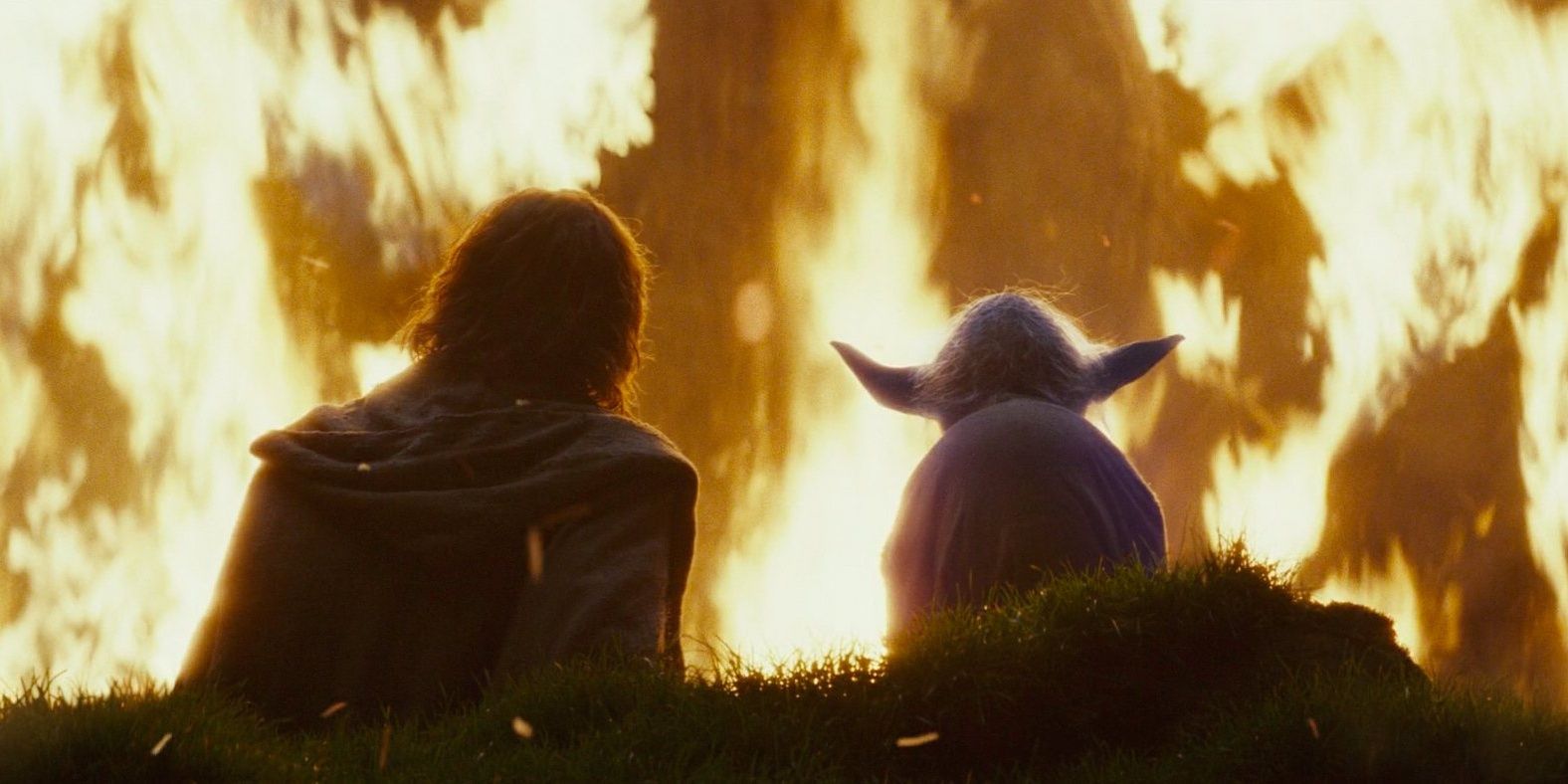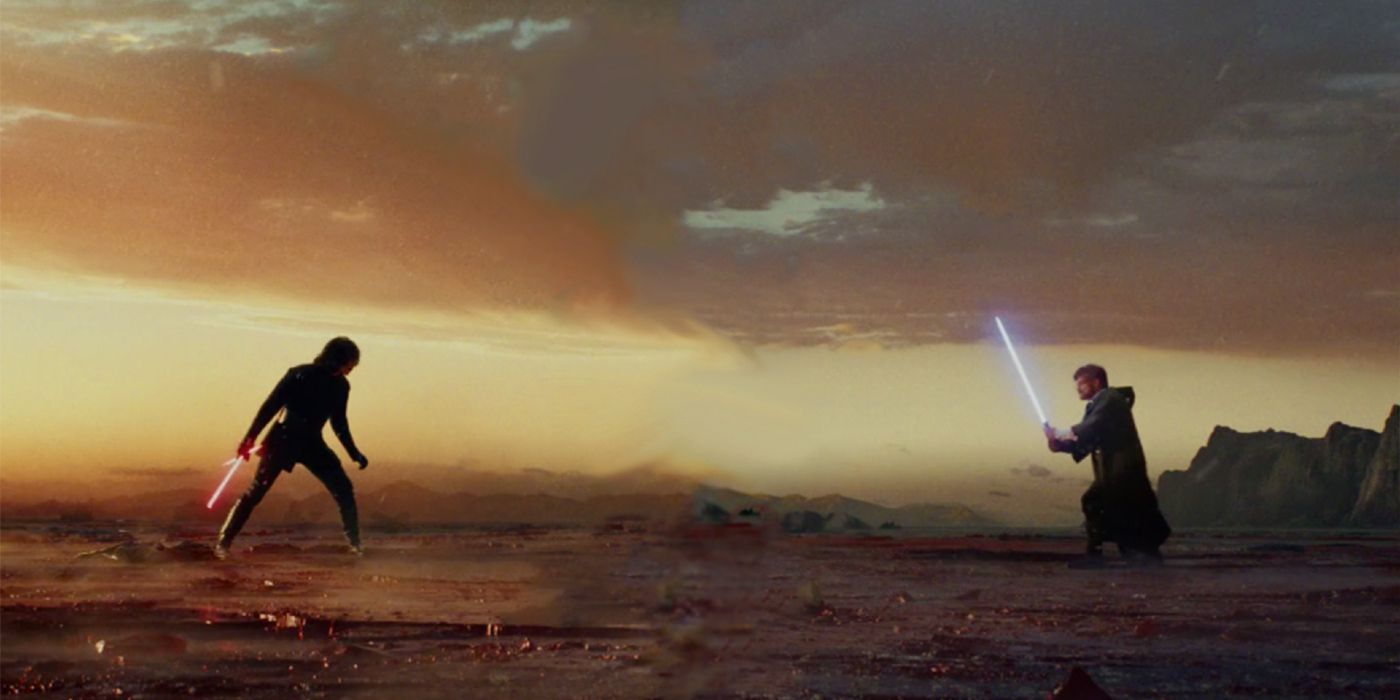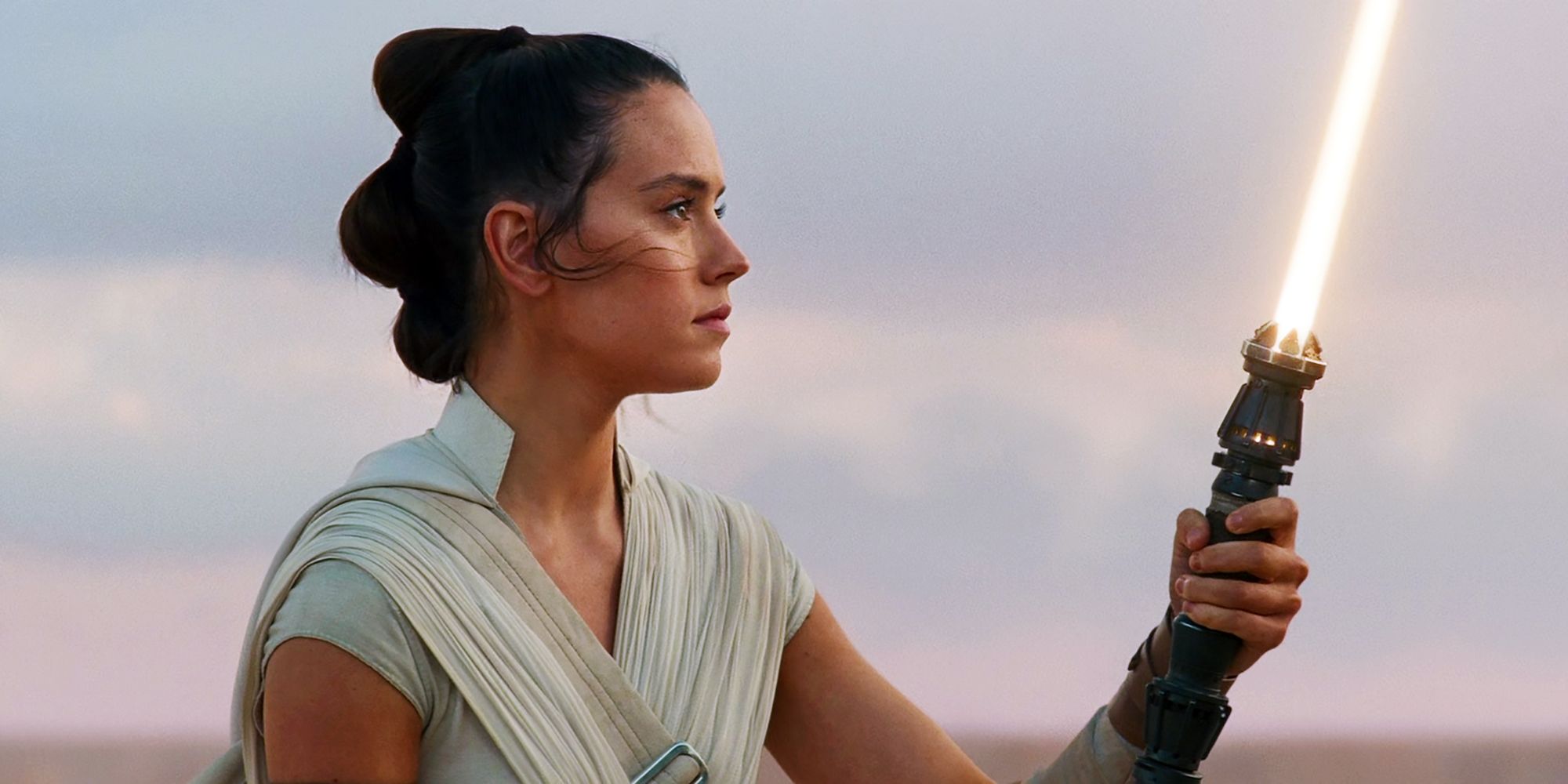Star Wars: The Last Jedi, for all its controversy and polarization, might show the best understanding of the Force in the entire Star Wars sequel trilogy - partially due to The Clone Wars. Rian Johnson’s outing into George Lucas’s galaxy received a mixed response of adoration and hatred upon its initial release, though the similarly uneven response to Star Wars: The Rise of Skywalker has mellowed some critics’ views of the prior film in retrospect. Much of The Last Jedi’s contentiousness is tied to the bold direction it takes in regard to the Force.
The Last Jedi differs from many of the other Star Wars movies because it is more driven by its themes than its story. Those themes – change, failure, evolution, and growth – yielded a story that in many ways felt new and different to what had come before. For many fans, that was a bad thing; for others, it was celebrated. Those central ideas of change and failure were incorporated into the film’s handling of the Force, Jedi and Sith as well.
In the wake of The Rise of Skywalker’s convoluted lore-heavy take on the Force, filled with reinterpreted prophecies, dyads, clones, cults and retcons, The Last Jedi is even more interesting to return to. The movie’s more open interpretation of the Force led to some beautiful moments and interesting ideas. Of course, that’s due in part to Johnson pulling inspiration from past Star Wars stories – in particular, The Clone Wars.
The Last Jedi Was Inspired By The Clone Wars’ Mortis Episodes
Early on in the writing process for The Last Jedi, Rian Johnson took the advice of Clone Wars director/producer Dave Filoni and watched a few episodes of the animated series – specifically, the Mortis arc. For those who haven’t seen the episodes (first off, do that), they comprise a brief storyline in season 3. Anakin Skywalker, Obi-Wan Kenobi, and Ahsoka Tano are drawn to an empty region of remote space by an ancient Jedi distress signal. There they discover Mortis, a planet seemingly materialized out of nothingness, where the Force is incredibly strong.
Three mysterious beings, known simply as the Father, the Daughter, and the Son, rule over the wildlife of Mortis, which is born, lives, dies, and is reborn in a rapid and perpetually cycle of day and night. The Daughter embodies the light side of the Force, the Son the dark, and the Father holds his children in balance. Sensing his impending death, he calls Anakin – the Chosen One – to Mortis, in the hopes that the young Jedi might take his place and hold his powerful children in check. Long story short, things go awry, all three beings meet a tragic end, and the Jedi are returned to their ship with no memory of what happened, and no trace of Mortis to be found.
The episodes are visually stunning, deeply symbolic, and groundbreaking in their implications about the Force and the galaxy at large. Much about the so-called “Force wielders” of Mortis remains a mystery by the arc’s conclusion, and that only adds to their enigmatic allure. The ancient Jedi code and the fact that the three are depicted in a wall mural in an ancient Jedi temple in Star Wars Rebels suggests they are connected to the Order, but it’s unclear how.
While The Last Jedi doesn’t invoke any direct references to Mortis or its additions to Star Wars lore, their influence on the film's portrayal of the Force is evident. Ideas of impermanence and change, creation and destruction, and the mutual fallibility of both light and dark side users pervade The Last Jedi. Those ideas are also central to the Clone Wars arc on Mortis.
The Last Jedi Presents An Open Interpretation Of The Force
The very title of Johnson’s film is a reference to Luke Skywalker’s belief in the inherent danger and corruption of the Jedi. As the eponymous last Jedi, he is determined at the film’s beginning to live out his days in exile, until his death signals the end of the Order for good. That plan is knocked a bit askew by the arrival of Rey and a surprise visit from Yoda, however.
According to The Last Jedi, is Luke right in his desire to end the Jedi? Yes and no. He’s right in his understanding of the Force as a mysterious and uncontrollable presence. He’s right that rigid ideas like “light side is good” and “dark side is bad” are incomplete summations of how the Force works. And he’s right that for much of its history, the Jedi fell victim to that binary way of thinking. He gets all that right, but he can’t get past one major stumbling block – Luke acknowledges the inability of past Jedi to fully understand their relationship to the Force, yet he still believes his own understanding is complete.
The message of The Last Jedi is that balance and understanding are processes, not unmoving states. The film depicts stories of failure, because failure is an inevitable part of change. In keeping with that idea, the Force in The Last Jedi is depicted as a moving, living power. The role of the light side and the dark side, of people like Rey and Kylo Ren, is cyclical and always evolving – just like the landscape of Mortis.
One of the most controversial scenes in the entire movie is when Yoda's Force Ghost appears to Luke and sets fire to the ancient tree of the Jedi. By some, the moment was seen as a flippant mockery of all the Star Wars that came before. But that’s not really the point of the scene. In burning the books, Yoda acknowledges the fluid nature of the Force. He acknowledges that ancient texts are an incomplete way of understanding something that is always changing. And he acknowledges his own failure in once believing balance could be achieved by sticking to single, rigid code.
The Last Jedi Understands The Concept Of Balance In The Force
The idea of “balance in the Force” is core to the entire Star Wars mythos. It’s at the center of the Chosen One prophecy surrounding Anakin and the Skywalkers, and it travels all the way through the trilogy of trilogies. The Last Jedi has perhaps the most interesting portrayal of the concept of balance in the entire franchise, largely because of the open, enigmatic understanding of the Force it shares with the Mortis episodes.
One interpretation of Anakin’s fall to the dark side is that it was a necessary step in the process of balance. The Jedi’s dogmatic doctrine under Yoda’s leadership – where all emotion is bad and connection is something to avoid – can be seen as being just as much of a corruption of the Force as Palpatine’s quest for power. In that way, Anakin needed to end both the Jedi (as they were) and the Sith in order to further the process of balance.
Through Yoda’s destruction of the ancient tree, the death of “old things” as proclaimed by Kylo, and the many other pieces of The Last Jedi, the movie embraces this idea of balance as a process. Like on Mortis, balance lives through the cohabitation of dark and light, not in the victory of the “good guys.” This understanding of balance in the Force leaves a lot of uncertainty as to how it actually works, but that’s part of the point – the notion that the Force can be fully understood and manipulated, as both Yoda and Palpatine seemed to think at times, is erroneous.
The Last Jedi Understands The Force Better Than The Other Sequels
This broader, vaguer, more mythical understanding of the Force is where The Last Jedi excels beyond the rest of the sequel trilogy. Star Wars: The Force Awakens, to be fair, doesn’t deal much with the Force at all. The story is more focused on the conflict between the Resistance and the First Order, Rey and Finn’s arcs, and Kylo’s backstory. The Rise of Skywalker, however, has quite a bit to say on the subject.
The Rise of Skywalker is at the same time overly complicated and overly simplistic in its portrayal of the Force and the concept of balance. On the one hand, new additions/revelations like the Sith Eternal cult, Palpatine’s resurrection and cloning, and the concept of Force Dyads were seen by many as confusing and contradictory with the established prophecies and lore. On the other hand, the ideas that balance had yet to be achieved simply because Palaptine was still alive and that Rey could restore it by becoming a Jedi in the classical sense seems overly simplistic, especially in the face of what The Last Jedi does.
Does that inherently make one movie better than the other? No, of course not. The sequels will continue to be debated for years to come. But the open, mysterious, cyclical portrayal of the Force shown in The Last Jedi is beautiful in its grandeur. The very concept of midi-chlorians was panned in the prequels because it removed the sense of magic the Force once held. Star Wars stories like the Mortis arc and The Last Jedi are fascinating specifically because they try to reclaim that magic.

